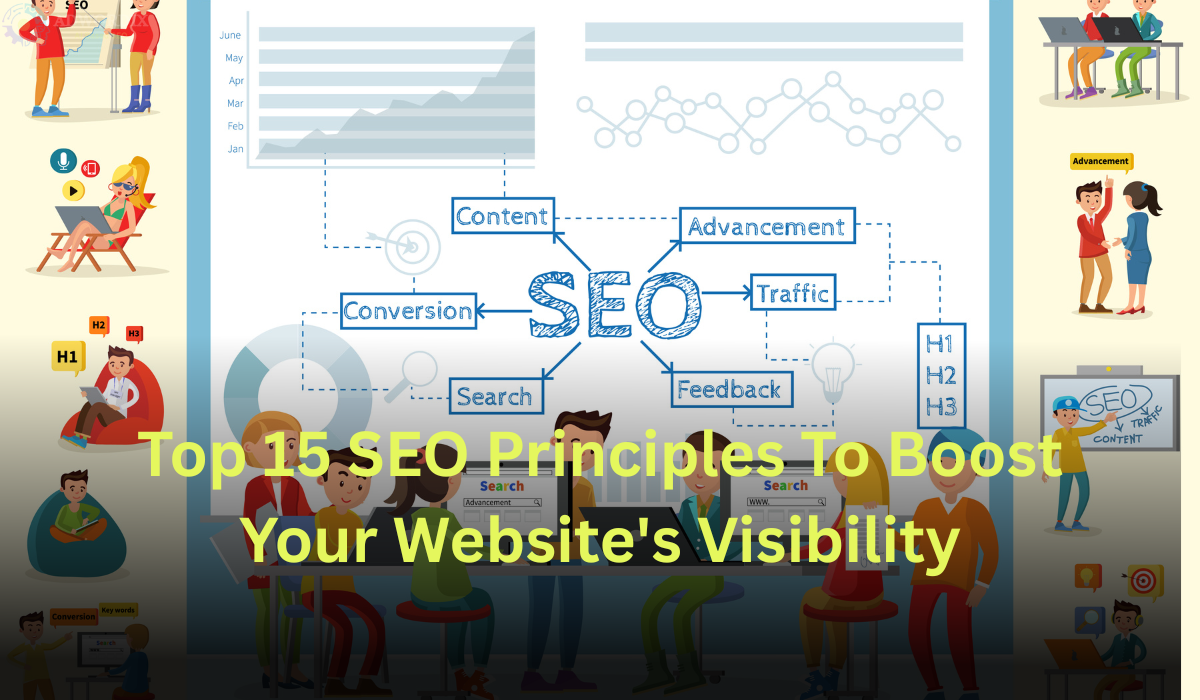Imagine your website as a building. If the building is well-structured, navigation is less of a challenge. If not, visitors may feel lost or leave entirely. This is why thinking about website architecture is important. It’s the arrangement and linking of your pages. The better the structure of your website, the better it will be for user engagement, and a clearer structure will help search engines understand your site even better.
What is Website Architecture?
Website architecture is how your webpages are connected, grouped, and organised. A good structure helps users find what they want and helps search engines crawl and index your website!
Key Elements of Website Architecture
- Homepage: The central point that links to the main sections.
- Category pages: Group similar content together.
- Product or content pages: The actual information your users need.
- Internal linking: Helps connect pages for better flow.
- Navigation menus: Guide users through the website.
Website Architecture vs. Information Architecture
Feature | Website Architecture | Information Architecture |
Focus | Page layout and linking | Content organisation and hierarchy |
Goal | Improve crawlability & SEO | Improve user understanding |
Includes | URL structure, menus, links | Labels, sitemaps, categories |
Why Website Architecture is Critical for SEO
The architecture of your website has a significant impact on its ranking. Here’s why:
- It Helps Search Engines Crawl and Index: Search engines use bots to scan your site. A clear layout ensures these bots can reach all your pages.
- Boosts UX and Page Performance: A clean structure improves how users move through your site. That means longer visits and fewer bounces.
- Improves Internal Linking Efficiency: Smart internal links pass SEO value (link juice) and keep users exploring your site.
Website Architecture Best Practices
Here’s how you can create a smart, SEO-friendly site structure:
- Keep It Flat and Simple: Ensure users and search engines can reach every page in 3 clicks or less.
- Group Content Topically: Put related pages under one section. This helps with SEO clusters and improves relevance.
- Implement Strategic Internal Linking: Link related pages using relevant anchor texts like “SEO AI agency” or “local SEO services.”
- Make use of sitemaps and breadcrumbs: The user’s path is displayed by breadcrumbs. XML sitemaps help search engines index your pages better.
- Use Logical URL Patterns
Example:
example.com/blog/seo-tips
How to Build an Effective Website Architecture
Follow these steps to build a strong structure:
Step 1: Content Inventory & Audit
Check all your pages. Remove or update low-performing ones.
Step 2: Organise by User Intent
Understand what your users want and build categories around that.
Step 3: Build and Test Hierarchies
Use tools or visual maps to design your layout before building.
Tools to Audit and Improve Your Website Architecture
Many tools help you improve your site layout:
Tool | Purpose |
Google Search Console | See how Google views your site |
Screaming Frog | Crawl and audit internal linking |
SEMrush / Ahrefs | Find site structure and link issues |
Lucidchart | Create flowcharts of your architecture |
Role of AI in Optimising Architecture
AI tools from an Ai Seo agency can auto-suggest structure improvements, fix broken links, and even build internal linking strategies based on performance.
Website Architecture and Local SEO
If you’re targeting specific cities or regions, structure your site for local visibility.
Structuring Location Pages
Create a page for each area you serve. Example:
example.com/gurgaon-seo-services
Supporting Local Landing Pages
Include a link to these pages on your blog or homepage. Use keywords like local SEO services and SEO services in Gurgaon.
Using Schema Markup for Local SEO
Add local business schema to show your location, reviews, and contact details in search results
Conclusion
Website architecture is the starting point of your SEO strategy. A clean, organised structure helps both people and search engines understand your site better. If you’re serious about growth, audit your website and fix its layout today.
Need help? Explore expert-led services like an AI SEO agency, SEO services in Gurgaon, or local SEO services to build a smart, search-friendly website.
Frequently Asked Questions
An ideal website structure is flat and well-organised, where every accessible page is only three clicks away. This helps users navigate effectively and enables search engines to crawl all the important pages on the site quickly.
Good website architecture improves crawlability, helping search engines index your content faster. It also distributes link equity properly and enhances user experience, both of which support higher search rankings.
Google Search Console, Ahrefs, SEMrush, and Screaming Frog are excellent resources.
Website architecture focuses on structure and links; UX is about user behaviour and emotions.
Yes. Local SEO pages organised clearly can rank better and attract more local visitors.





